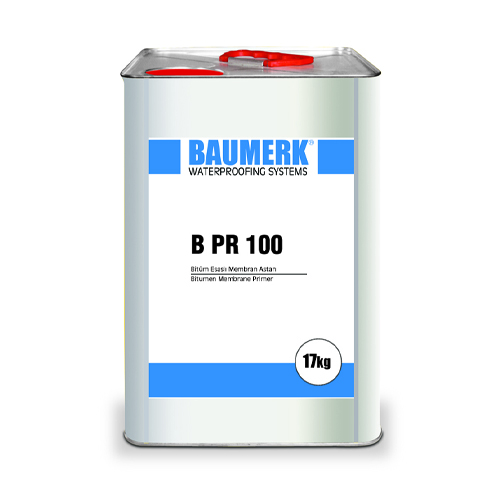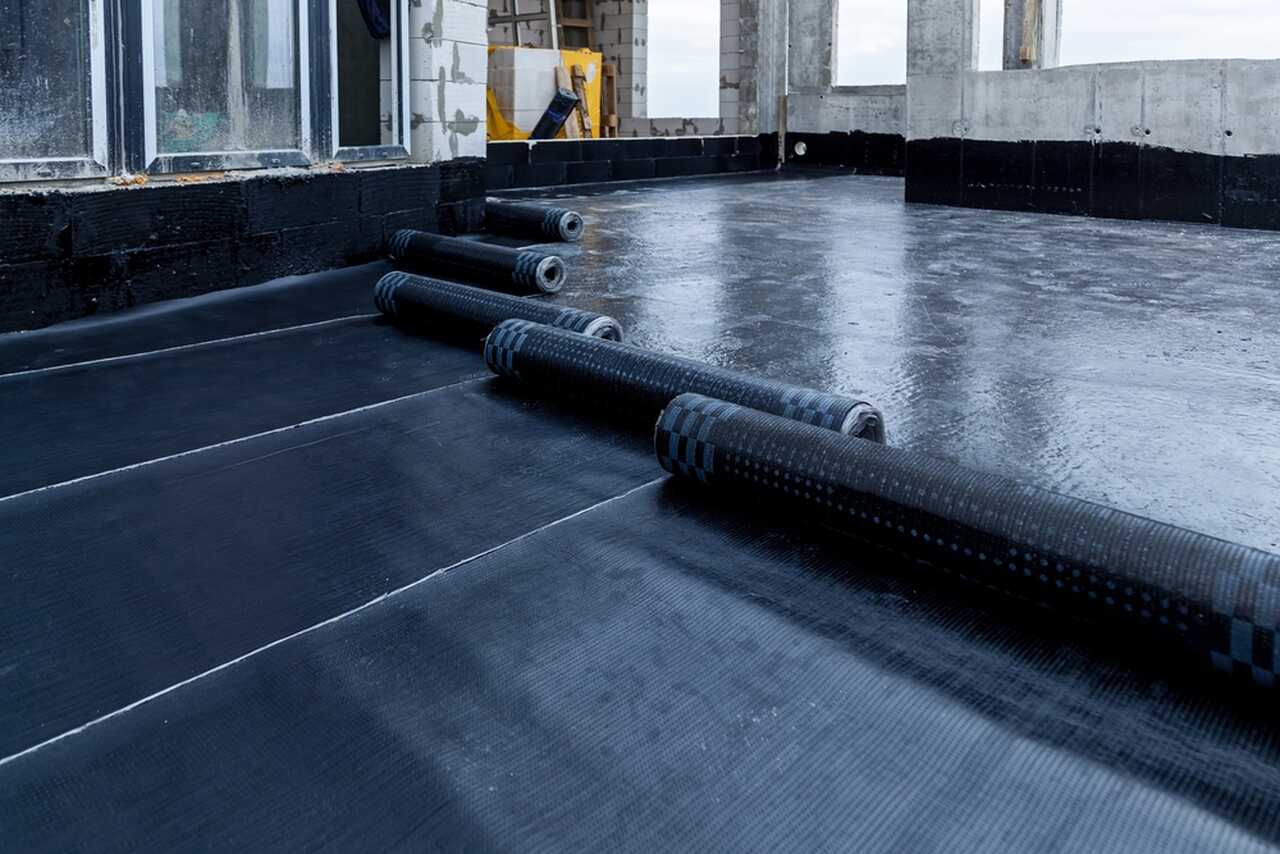
Waterproofing is critical to building construction and maintenance because water leakage can lead to significant damage, mold growth, and structural deterioration. Waterproofing membranes are an effective solution for creating a watertight barrier in various building parts, such as foundations, basements, roofs, and balconies.
In this comprehensive guide we have prepared as Baumerk, construction chemicals specialist, we will cover the membrane application process, different types of membranes and tips for answering the question of how to apply membranes.
In addition, if you are curious about the answer to the question of what is membrane, you can also read our content titled Prominent Insulation Material: Membrane
Benefits of Waterproofing Membranes
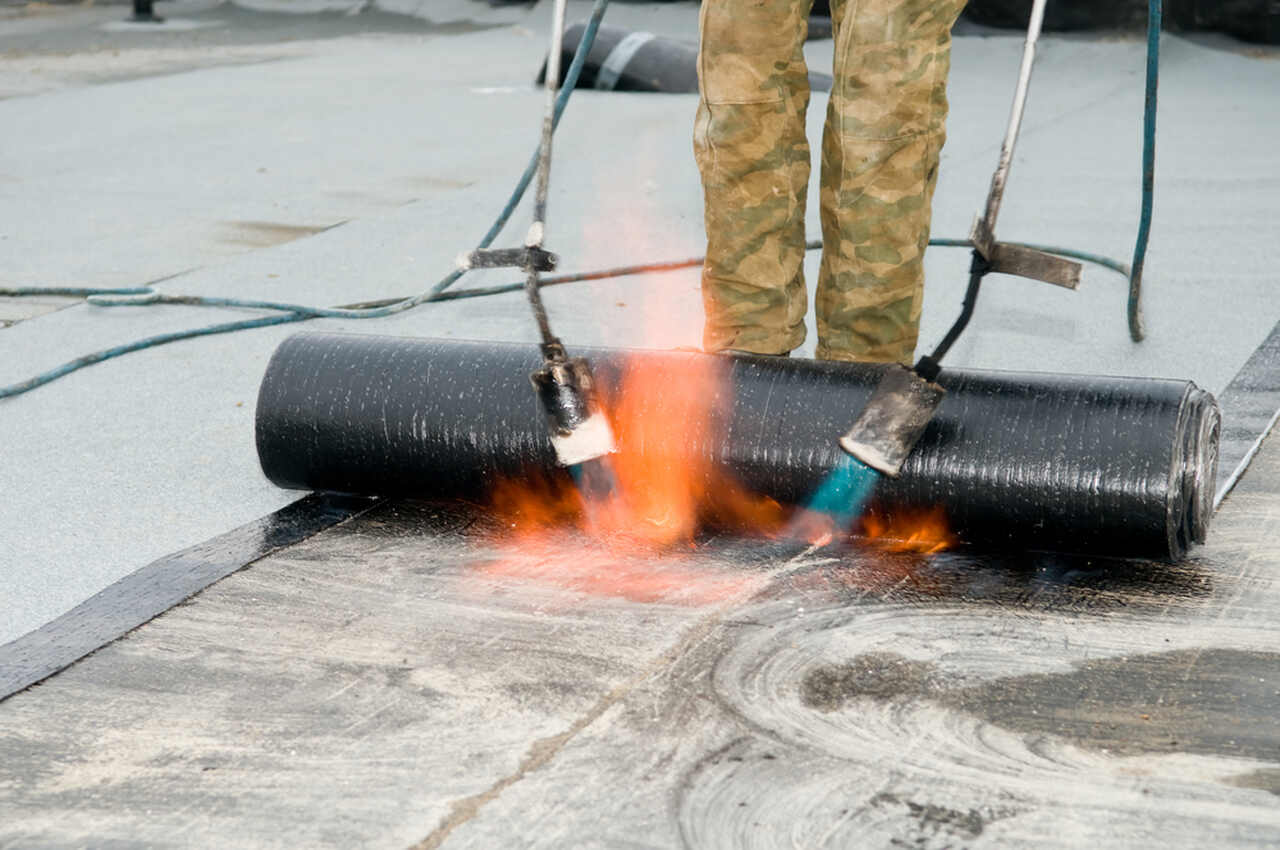
Waterproofing membranes are an important material used to protect buildings and other structures from water. Although there are various types and application areas, there are many benefits provided by waterproofing membranes in general:
1. Superior Waterproofing Performance
The most important benefit of waterproofing membranes is the ability to protect buildings and structures from water by creating an impermeable barrier against water. Manufactured from various materials such as bituminous, PVC, EPDM or TPO, these membranes provide outstanding resistance to water penetration. In this way, they provide effective protection in water-intensive areas such as roof terraces, foundations, basements and wet areas.
2. Durability and Long Life
Waterproofing membranes are designed and manufactured to withstand harsh construction environments. Thanks to their excellent durability and long life, they provide permanent protection against water damage and other external factors.
They are resistant to UV radiation, temperature fluctuations, chemicals and mechanical stress and maintain their integrity over time. In this way, they contribute to a longer service life of buildings and reduce maintenance requirements.
3. Lightness
Waterproofing membranes are very light compared to traditional waterproofing methods. In this way, they do not impose additional load on the structure and reduce the risk in natural disasters such as earthquakes.
4. Sound and Heat Insulation
Some waterproofing membranes also offer sound and thermal insulation properties. In this way, they help to increase the energy efficiency of buildings and improve acoustic comfort.
5. Adapting to Different Floors
Waterproofing membranes can be applied to various substrates such as concrete, wood, metal and roofing materials. In this way, they have a wide range of uses.
How to Apply Waterproofing Membranes?
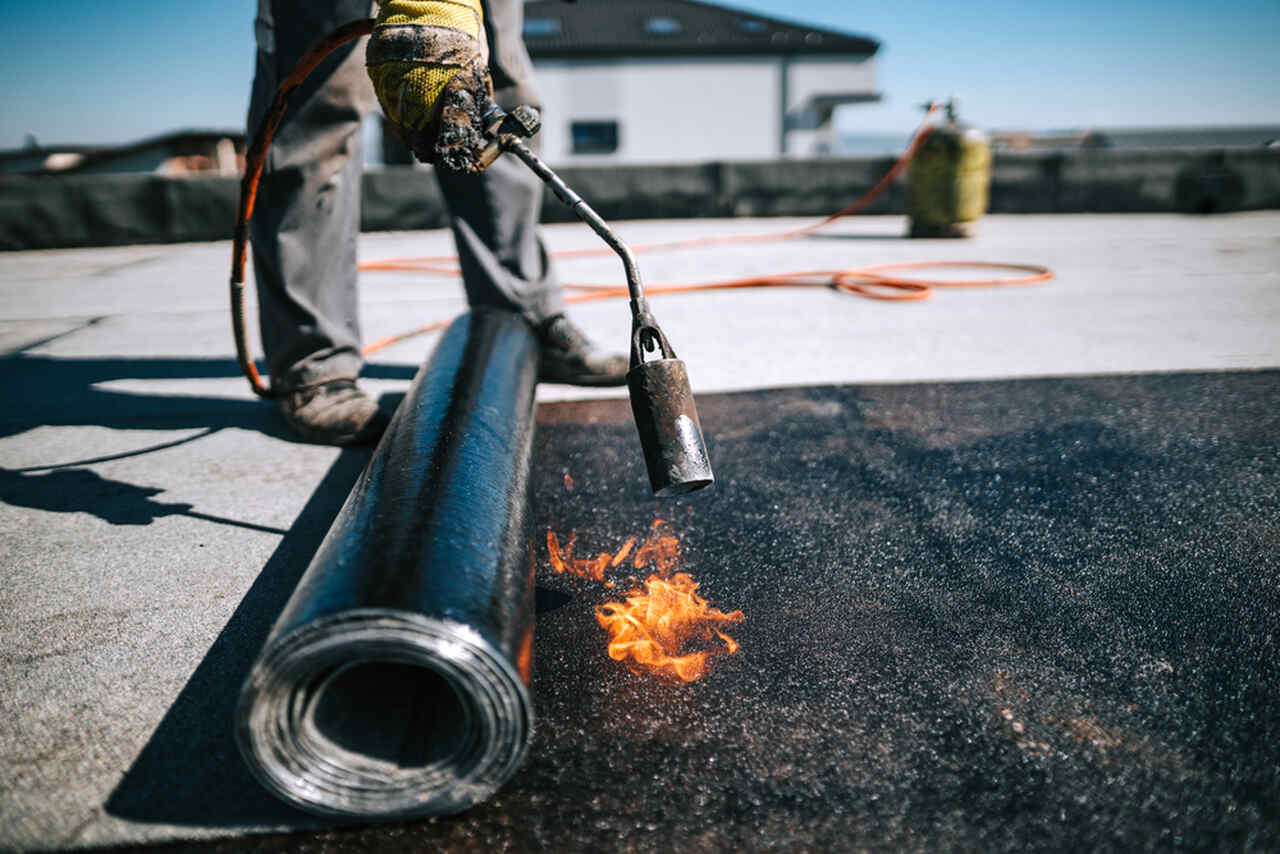
Correct and effective application of waterproofing membranes is critical to ensure long-lasting protection. So how is membrane application done?
1. Surface Preparation
Proper surface preparation is critical to the success of the membrane bonding process. Prepare the surface by following the steps below:
Clean Surface: Remove any dirt, dust, grease or loose material. Use a wire brush, broom or pressure washer for thorough cleaning.
Repair Defects: Fill cracks, holes or voids with a suitable filler or sealant. Smooth rough areas to create a smooth surface.
Dry the Surface: Ensure the surface is completely dry before applying the membrane. Moisture can inhibit adhesion and prevent the material from being effective.
2. Preparing the Surface with Primer
Primer application is necessary to increase the strength of the membrane bonding process and to prepare the surface for the membrane application process. Firstly, select a primer that is compatible with the waterproofing membrane. Then use a roller or brush to apply the primer evenly to the surface. Coat the entire surface.
At this point, Bituminous Membrane Primer - B PR 100 primer produced by Baumerk meets your needs in the most accurate way.
3. Application of Waterproofing Membrane
The membrane application process shows some differences between sheet membranes and liquid applied membranes.
Adhesive Membranes
Removing the Protective Film: The protective film of adhesive membranes should be carefully removed.
Application: The membrane is carefully placed on the surface and pressed with a roller or spatula to avoid air bubbles. Make sure that the edges are well adhered.
Heated Membranes
Heating: Membranes such as APP Modified, Bituminous Waterproofing Membrane in the Baumerk product range are heated using a hot air gun. During the heating process, care should be taken to soften the membrane homogenously.
Placement: The heated membrane is placed on the surface and adhesion is ensured by applying pressure on it with a roller. Make sure that the edges and joints are well adhered.
Liquid Applied Membranes
Mixing: Liquid membrane should be mixed thoroughly according to the manufacturer's instructions.
Application: The liquid membrane is applied evenly to the surface with a brush, roller or spray gun. It may need to be applied in two or more layers and each layer should be allowed to dry.
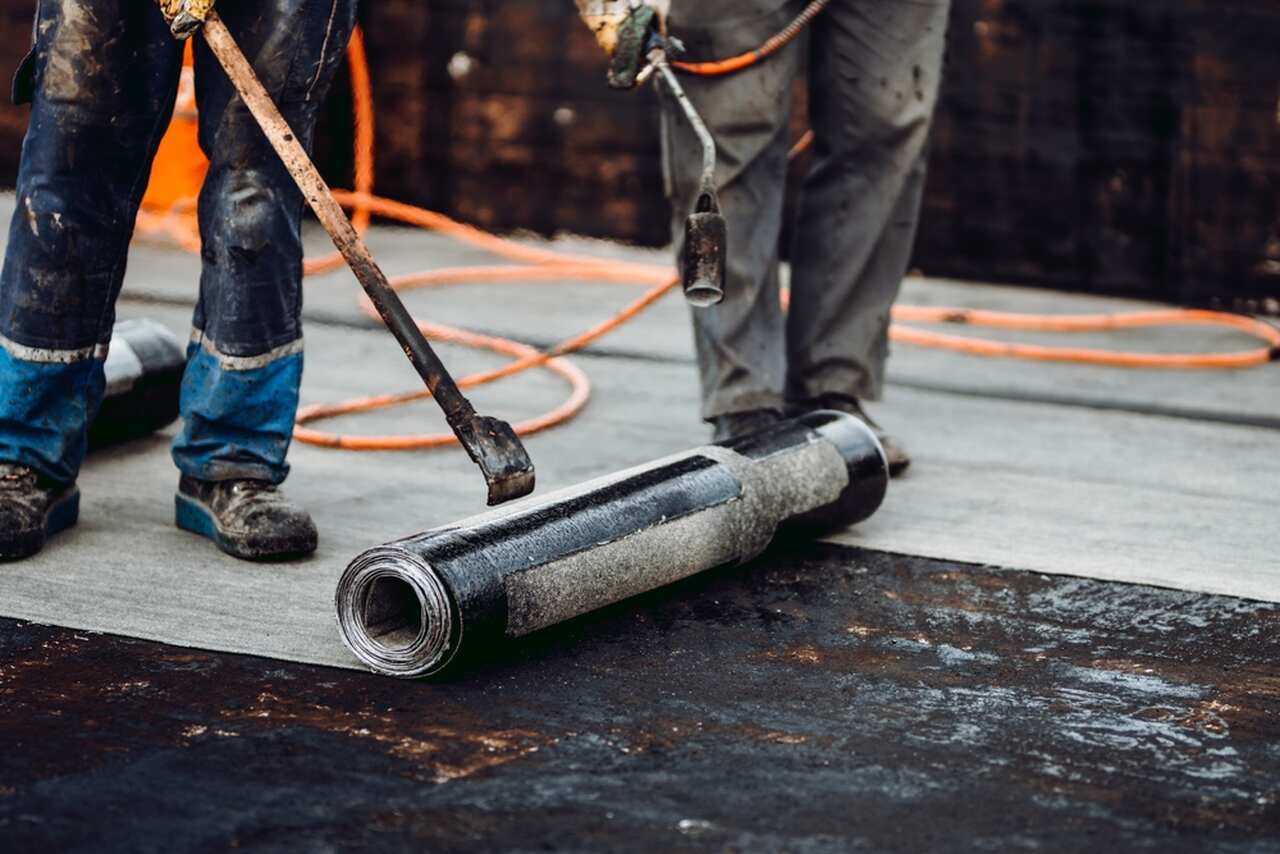
4. Detailed Controls
Using Sealant: Apply a suitable sealant, such as SUPER TACK 290, to all joints, edges and holes. Ensure full coverage and remove excess.
Strengthening Weak Points: Reinforce weak points such as corners, joints and transitions with additional membrane material or special tapes.
Check for Gaps: Carefully check the membrane for any gaps, bubbles or weak spots. Repair if necessary.
5. Protection and Coating
Protective Coating: After the membrane is applied, it can be covered with a suitable material to prevent damage. Especially in outdoor areas, a protective coating should be applied to protect from UV rays.
Final Control: After all application and protection processes are completed, a final check is made to ensure that the membrane is applied properly and completely.
Common Mistakes to Avoid
Inadequate Surface Preparation: Failure to clean, repair or dry the surface may result in poor adhesion and failure of the membrane application process.
Improper Primer Application: Not applying primer or using the wrong type of primer can impair adhesion and effectiveness.
Incorrect Membrane Installation: Wrinkles, air bubbles and inadequate overlaps can create weak points in the waterproof barrier.
Inadequate Curing: Not allowing the membrane to fully cure can reduce its effectiveness and durability.
Neglecting Joints and Edges: Failure to properly seal joints and edges can lead to water leakage and damage.
The application of waterproofing membranes is a critical step to protect buildings from water damage and extend their lifespan. By paying attention to the points mentioned in our article, preparing the surfaces correctly and following the application steps carefully, you can achieve a durable and effective waterproof barrier in your building projects!




